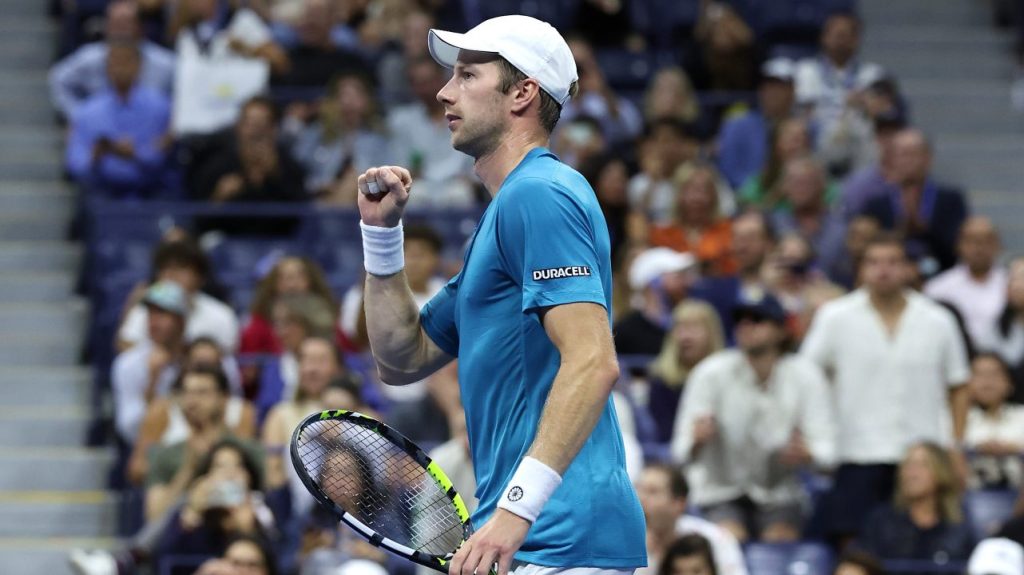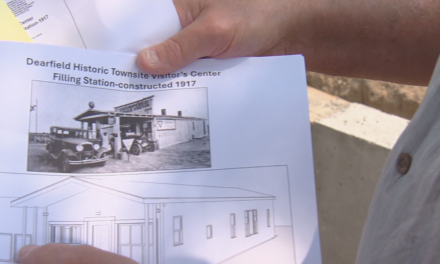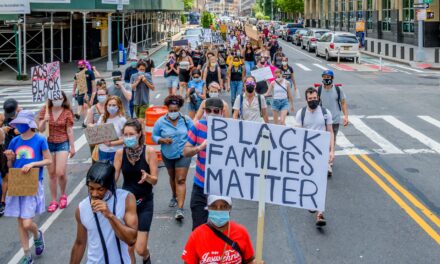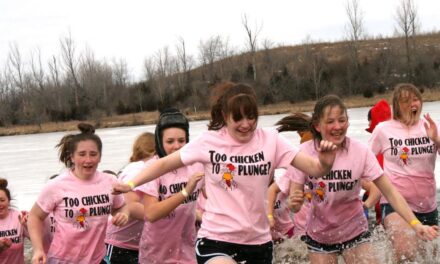
In a wild first week of the 2024 U.S. Open, No. 74-ranked Botic van de Zandschulp upset Carlos Alcaraz, and the following night, No. 28-ranked Alexei Popyrin took out Novak Djokovic. Other than pulling off improbable victories over former champions, what did the Dutchman and Aussie have in common?
They were both powered by Duracell batteries.
Watch any U.S. Open match on TV, and you’re likely to see a sponsorship patch on at least one of the players’ outfits, particularly on the lower-ranked opponents of top 10 players. For them, a one-off patch deal is an opportunity to earn a few extra bucks. For brands, it’s guaranteed exposure to a large audience. “It’s very much a marriage of convenience because of the quirk of the scheduling,” Professional Tennis Players Association President Ahmad Nassar said.
Duracell hit the jackpot with sleeve patches for van de Zandschulp and Popyrin. “Being a title sponsor can be very expensive, so we try and get creative and be part of those moments for a fraction of the cost,” Duracell head of global media Edmund Muller said in an email.
U.S. Open micro sponsorships date back to the early 1990s when Norman Salik, a marketing manager for sunglasses brand Ray-Ban, made deals with the coaches and families of star players such as Pete Sampras to wear Ray-Ban hats in Louis Armstrong Stadium. That evolved into patch deals for their opponents who shared the spotlight for a few hours.
 Screenshot via United States Tennis Association YouTube video
Screenshot via United States Tennis Association YouTube video
Indeed, in Jimmy Connors’ legendary run to the semifinals of the 1991 U.S. Open, his fourth-round opponent Aaron Krickstein wore a Sharp electronics patch on his shoulder. As he lost to Connors in an epic fifth-set tiebreaker, a coach in his box looked on wearing—you guessed it—a Ray-Ban cap.
ProVentures president Patrick McGee, who worked at Octagon sports agency at that time, was on the ground rushing to negotiate these three-figure deals between players and brands as soon as the schedule was announced. He would also pay a photographer to snap photos with the patches clearly visible. Eventually, he began offering packages of matches to companies such as TripAdvisor.
“It’s too hard [for a low-ranked player] to go get a deal [at the last minute],” McGee said. “You have to have this thing well done in advance, have the patches, and basically have carte blanche to do it as soon as the schedule comes out.”
P11 Group, a London-based sports marketing agency that brokers other deals in European soccer, Formula 1 and boxing, dipped its toes into Grand Slam patch sponsorships in the late 2010s, and now has its operation turned into a well-oiled machine.
“We have a complete dominant lock on all four Grand Slams,” P11 Group managing director Nick Hunter said.
Because of P11 Group’s vast assortment of clients, any individual brand trying to crash the scene would be “entering a gun fight with a knife,” Hunter said.
The agency will deliver roughly 300 patches across the Grand Slams this year, with the U.S. Open and Wimbledon being the most lucrative. One-offs for unseeded players remain the norm, but if an underdog advances deep into the tournament, a brand may continue the partnership. For example, Jasmine Paolini wore a Smith+Nephew patch all the way to the 2024 Wimbledon final.
Companies typically buy packages of patches in advance, while P11 Group monitors the schedule and has a “super agent” in New York executing the deals. Some clients target particular demographics by patching players from certain countries, while others may prefer the heaviest underdogs, or players with larger social media followings.
“[Duracell is] always looking to be in the biggest night matches on Arthur Ashe, because those matches get the most national viewership,” Muller said.
Wiss, a New York-based accounting firm, specifically requested to partner with female players to align with a company initiative to promote women in industry leadership positions.
The deals often happen without involving the players, who simply bring their outfits to a site on the grounds where the pre-made patches are sewn on. “My team decides what to put on the shirts,” Tatjana Maria said after her second-round loss to Coco Gauff. “Everybody knows when you play on big courts you have the opportunity to do advertising, but that was no choice of mine.”
Only two patches are allowed, and the Grand Slams place limits on their sizes. Additionally, some apparel contracts, specifically newer Nike and Adidas deals, prohibit endorsement patches from appearing on their clothing. Hunter estimates, however, that 80% of matches are patchable.
Patch sponsorships are extremely lucrative across sports. U.S.-centric professional leagues began rolling out partnerships within the past decade with huge success. The New York Yankees have a deal with Starr Insurance worth $25 million a year, and the Golden State Warriors make $45 million in annual revenue from their deal with Rakuten.
Not all tennis patches are one-offs. Taylor Fritz, for instance, wears a Chipotle patch on his apparel as part of an ambassadorship with the restaurant chain.
Multiple people familiar with the one-off sponsorships said that players can be paid between $10,000 and $20,000 per match. That’s a significant bonus for players earning $100,000 in prize money for losing in the first round of the Open.
“Players are super grateful,” Hunter said. “Us giving them two patches in a match might cover flights and hotels for a month for all of their entourage.”
The arrangement might be an even bigger win for brands. Apex Marketing Group’s estimated valuation for an early round patch in Arthur Ashe Stadium ranges from $115,000 to $250,000 depending on its location on the clothing. That calculation is based on viewership, exposure time and visibility on screen.
“Between every point, every serve, every changeover, the logo is flashing up,” Hunter said.
Wiss saw a 168% increase in website engagement on Aug. 26—the day that Clara Burel came back from down 0-6, 0-3 against Sloane Stephens while wearing a Wiss patch.
“We’re a mid-size firm. Nobody knows who Wiss is,” Wiss marketing director Kristine Sinisi said. “We put Wiss on the map on Monday night.”
The variety of companies participating is remarkable, from financial institutions like Blue Owl Capital to food products such as RXBAR.
One sponsor that drew attention online is trial lawyer Ben Crump, who specializes in civil rights lawsuits and has worked with the families of police violence victims George Floyd and Breonna Taylor. Hunter said that Crump’s client base in New York City, his previous social media engagement with Coco Gauff and the African-American contingent within U.S. tennis were reasons for the campaign.
Black American Taylor Townsend is one of many players to wear the Ben Crump patch. Somewhat ironically, though, the patch also ended up on the sleeve of a white European player, Tomáš Macháč, as he squared off against 16th-seeded American Sebastian Korda.
“We stand for the underdog in every arena—on and off the tennis court,” Crump wrote in a post on the social media platform X.
Many companies pair their patch sponsorships with other U.S. Open marketing. Blue Owl, for instance, has advertising for its tennis campaign in Grand Central Terminal and Times Square. Mount Sinai, which is also a partner with the tournament, has a booth at the Billie Jean King National Tennis Center where sponsored players can appear for a meet-and-greet.
The original form of one-off player sponsorships has also stuck around. Bright green hats advertising Waterdrop, which produces dissolvable hydration cubes, can be seen in players’ boxes across the tournament.
And as Alcaraz was getting volleyed into oblivion by a relatively unknown player wearing a Duracell sleeve patch, his coach Juan Carlos Ferrero watched with a worried look on his face and a BMW hat on his head.
(This article has been updated to change the name of Project 11 to P11 Group, reflecting the company’s rebranding.)




